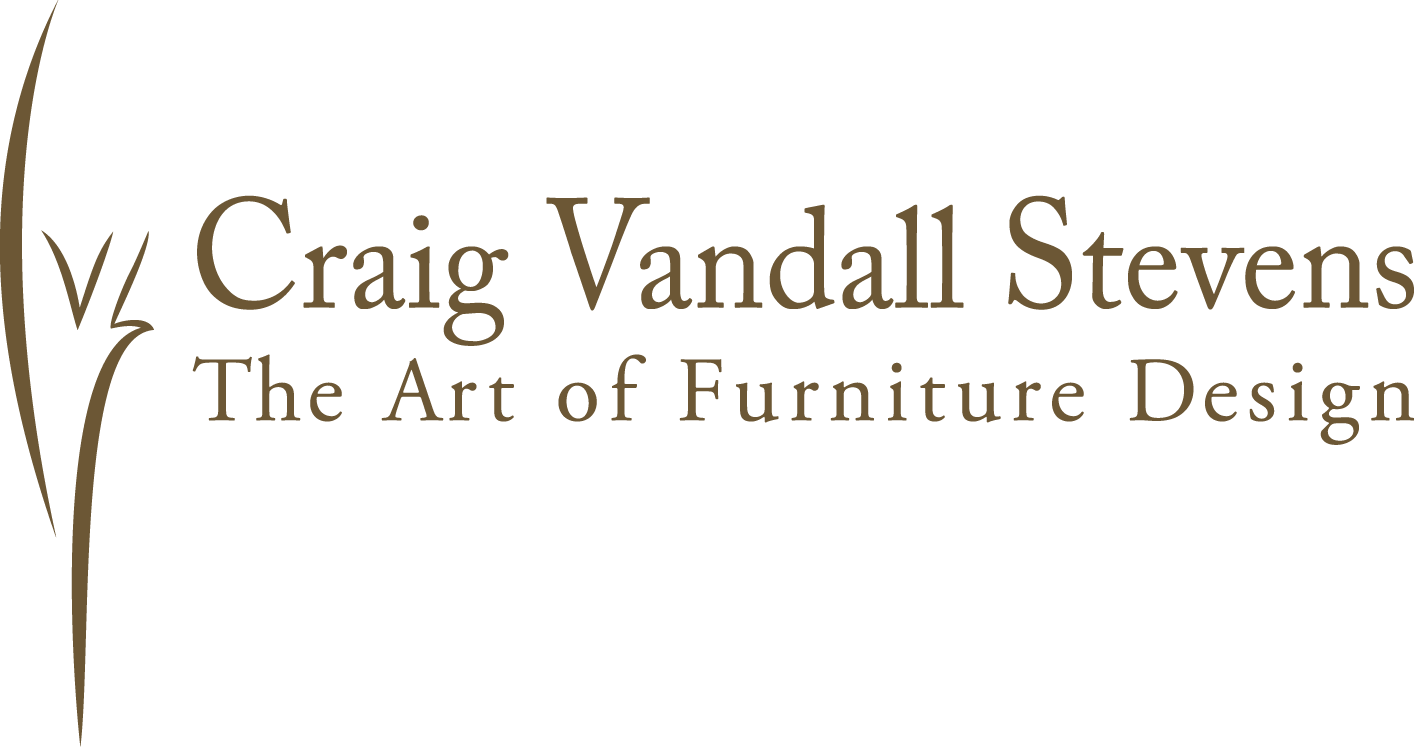Yellowthroats
Yellowthroats is a piece I’ve been imagining for quite some time. The idea began with a basic leg shape I had in mind and a wish to create a piece with a very dark and rich feel. As with all of my pieces, I made a full-size mock up of the table which helped me arrive at the proportions. More about mockups and early design decisions coming soon.
East Indian rosewood, with it’s subtle grain pattern and classic deep tones, created the backdrop for the marquetry imagery and is echoed in the round apron or rail that supports the top. An African hardwood called wenge (pronounced when-gee) provided a nearly black leg and edge-banding with a very distinctive grain pattern. I felt like the two textures and grain patterns worked well together. Another consideration regarding the design of the piece is that dark woods can create the illusion of having slightly more mass than a lighter color. In order to wind up at the same pleasing proportions that I'd already worked out on the mockup, I needed to keep this in mind. In the end, I felt that reducing the leg thickness and width by a couple of millimeters made a big difference visually.
Designing the marquetry image
Sawn veneers for marquetry, lots of choices
Marquetry is a surface decoration technique where different colors of wood veneers are carefully cut to fit precisely together creating a design in wood. Yellowthroats, part of the warbler family, were a nice subject matter for the marquetry. The design began as numerous sketches, initially having only a single bird. The sketches evolved over time to have this trio resting on bent reeds. Color choice is difficult with marquetry. Most wood species change color and mellow out over time. Some deepen quite dramatically. It's important for me to keep this in mind so that the marquetry looks good early on and also ages well.
I laid out about 30 wood species and began narrowing down the natural colors that went well with the rosewood background. I also chose a few colors that create nice highlights and shadows, while casting aside wood species that tend to change color dramatically. Eventually, I arrived at a group of colors that worked well together and provided a nice range of browns and cream colors, a little yellow and a bit of grey. Included in the design are yellowheart, holly, European hornbeam, ebony, chestnut, tzalam (pronounced tsah-lahm), nire (Japanese elm, pronounced nee-reh, and written 楡), plantation teak, mystery oak (firewood), Japanese bog cedar called jindaisugi (pronounced jeen-die-sugee, and written 神代杉).
The marquetry began with the eyes and beaks, getting the face of each bird proportioned correctly. Once satisfied, I moved on to the head, body and tail. The reeds were then cut into place and finally the feet. The feet were challenging since the stance of the bird can really make a difference in whether the image looks convincing.
The birds are pretty close to life-size. Out of curiosity, I counted the number of marquetry pieces in each bird - about 25. The eyes alone are each made from 6 individual pieces of wood, one being the tiny highlight made of holly. Very satisfying work - challenging, wonderfully intensive, slightly obsessive. By playing with different grain textures, patterns and subtle differences in color, it’s possible to create a slight illusion of depth and imagery that is hopefully pleasing.
I used shellac and oil for the finish to keep the surfaces protected for many years. Both shellac and oil are natural finishes that don't change the wood's color dramatically. They're carefully applied by hand, resulting in a very refined surface.
I imagine the table as an accent piece in someone's foyer or living room. The rich rosewood and wenge colors can look beautiful in a variety of settings and perhaps the marquetry is a bit of a surprise as someone approaches the table.
Yellowthroats is available for sale and is part of my current solo exhibition, Benchworks: A Study in Wood at GoggleWorks Center for the Arts in Reading, PA through the end of September, 2015. Please contact me if you'd like any further information about the piece.
Wenge edge-banding, leg and bead detail, accenting the rosewood






